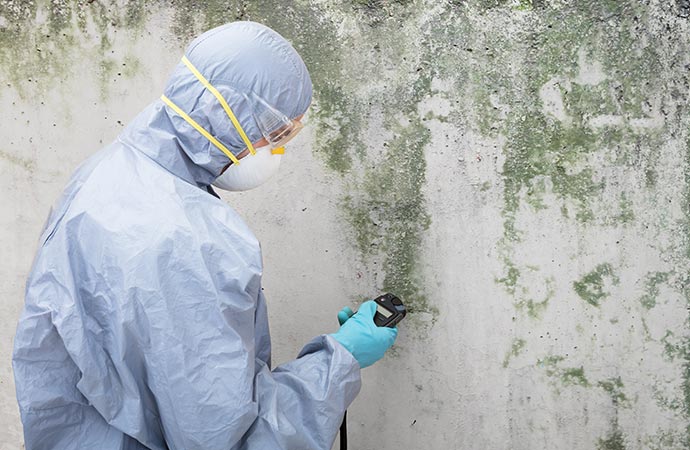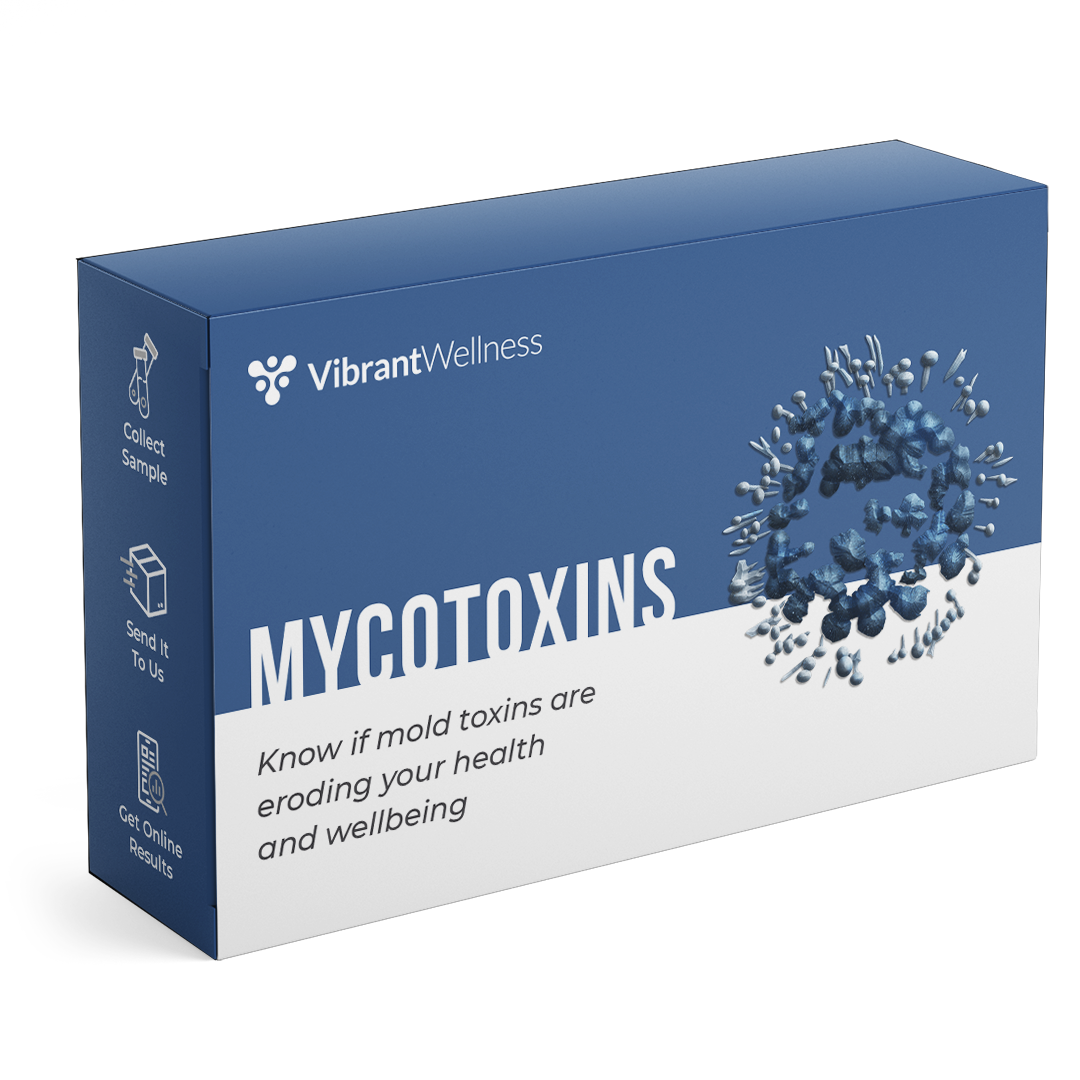Comprehending the Significance of Trustworthy Mycotoxin testing Services
Comprehending the Significance of Trustworthy Mycotoxin testing Services
Blog Article
Just How Mycotoxin Screening Helps Avoid Contamination and Safeguard Food Supplies

Mycotoxin testing is a vital method in the food market, working as a frontline protection versus contamination by hazardous toxins generated by mold and mildews. Via the application of sophisticated strategies like High-Performance Liquid Chromatography (HPLC) and Liquid Chromatography-Mass Spectrometry (LC-MS), food manufacturers can precisely identify and measure mycotoxin levels in agricultural products. This aggressive technique not only makes certain conformity with strict safety and security guidelines but also minimizes health and wellness threats to customers. Moreover, normal testing strengthens brand credibility and financial health by decreasing contamination-related incidents. Exactly how specifically do these testing procedures incorporate into the wider food safety and security approach?
Comprehending Mycotoxins
Recognizing mycotoxins starts with recognizing that they are harmful second metabolites created by certain molds, which can infect agricultural items. These metabolites are not essential for the growth or recreation of the fungi however can have serious implications for animal and human health. Mycotoxins are typically located in staple crops such as corn, wheat, barley, and nuts, where they can proliferate under specific conditions of dampness and temperature.
There are numerous sorts of mycotoxins, each generated by various fungal varieties. Aflatoxins, produced by Aspergillus species, are among the most notorious, recognized for their cancer causing buildings. An additional considerable group consists of ochratoxins, created by Aspergillus and Penicillium species, which have nephrotoxic effects. Fusarium varieties create trichothecenes and fumonisins, both of which are related to numerous severe and chronic wellness problems.

Threats of Mycotoxin Contamination
The threats of mycotoxin contamination are diverse, presenting considerable threats to both food safety and security and public wellness. Mycotoxins, hazardous compounds produced by particular sorts of fungi, can infect a large range of farming products including grains, nuts, spices, dried out fruits, and coffee. When these toxins penetrate the food supply, they can cause major wellness problems such as liver damages, kidney failure, and even cancer cells. Susceptible populations, consisting of children, the senior, and immunocompromised individuals, are specifically in jeopardy.
Financial effects are an additional major issue. Infected crops can cause substantial monetary losses for farmers and food manufacturers due to minimized returns and the need for expensive decontamination measures. Worldwide profession can be significantly hindered as countries implement rigorous mycotoxin policies to safeguard their populaces, leading to rejected deliveries and strained trade relationships.
Ecological factors such as climate modification exacerbate the threat of mycotoxin contamination. Variants in temperature level and moisture can create beneficial conditions for fungal growth, boosting the probability of contamination occasions. Hence, understanding and minimizing these threats are essential for guaranteeing the security and stability of worldwide food materials.
Techniques of Mycotoxin Evaluating
Accurately identifying mycotoxin contamination in agricultural products is essential for safeguarding public health and keeping food safety and security criteria. Different techniques are employed to find and evaluate mycotoxins, each offering certain advantages and restrictions.
High-Performance Liquid Chromatography (HPLC) is an extensively made use of technique because of its high sensitivity and accuracy. It includes separating mycotoxins from various other compounds in a sample, making it possible for exact quantification. Fluid Chromatography-Mass Spectrometry (LC-MS) combines fluid chromatography with mass spectrometry to offer detailed molecular details, making it specifically helpful for identifying several mycotoxins at the same time.

Gas Chromatography-Mass Spectrometry (GC-MS) and Thin-Layer Chromatography (TENDER LOVING CARE) are likewise employed, each with unique applications. GC-MS works for unstable mycotoxins, while TLC provides a simpler, cost-effective alternative for initial testing.
Advantages of Routine Evaluating
Routine testing for mycotoxins in agricultural items supplies many benefits, considerably adding to public health and food safety and security. By determining contamination early, routine testing helps avoid the distribution of poisonous foods, consequently decreasing the risk of mycotoxin-related illnesses amongst consumers. This proactive strategy not only safeguards human health but also improves the overall high quality of food supplies.
Regular testing likewise supports governing compliance. Different nations and regions have actually developed stringent restrictions for mycotoxin levels in food and feed. Sticking to these limitations through routine testing makes sure that manufacturers and suppliers fulfill legal criteria, thereby staying clear of penalties and profession barriers. Additionally, maintaining conformity fosters consumer trust and brand reputation, which are essential for market success.
In addition, normal mycotoxin testing can lead to considerable financial advantages. Early discovery of contamination permits prompt intervention, reducing prospective losses from extensive contamination. Applying normal screening protocols can also reduce recall expenses and associated obligations, which can be monetarily ruining.
In addition, normal screening gives beneficial information that can educate far better agricultural techniques and storage space conditions. By recognizing patterns of contamination, manufacturers can take on safety nets, thereby reducing future threats and adding to the sustainability of the food supply chain.
Implementing Examining Procedures
Carrying out efficient mycotoxin testing protocols is important for making sure the security and quality of agricultural products. Establishing a durable screening structure includes several essential steps, beginning with the identification of possible contamination factors within the manufacturing and supply chain. This consists of pre-harvest, post-harvest, storage space, and circulation phases. Each stage needs to be inspected to pinpoint where mycotoxin contamination is more than likely to happen.
When critical control factors are identified, picking suitable screening techniques is crucial. Typical techniques include enzyme-linked immunosorbent assay (ELISA), high-performance fluid chromatography (HPLC), and mass spectrometry (MS) Each technique has its weaknesses and toughness; thus, picking the appropriate one relies on the specific mycotoxin being checked, the required sensitivity, and readily available resources.

Last but not least, integrating the screening procedures into a detailed food security administration system is recommended. This boosts traceability and allows speedy restorative actions when contamination is found, thus guarding the stability of the food supply chain.
Verdict
Mycotoxin testing is essential in stopping contamination and safeguarding food materials by allowing early discovery of hazardous toxins created by mold and mildews in agricultural items. Advanced methods such as HPLC and LC-MS guarantee conformity with safety published here guidelines and protect customers from health and wellness threats. Regular testing boosts brand credibility, economic security, and count on in food security by decreasing contamination-related losses and maintaining high requirements in food manufacturing. Applying strenuous testing methods is hence vital for the sector's total health.
Mycotoxin testing is a vital technique in the food market, offering as a frontline defense against contamination by damaging toxic substances produced by molds. An integrated strategy entailing farming methods, storage administration, and regular testing can minimize the threats connected with mycotoxin contamination, making sure food security and public health.
The threats of mycotoxin contamination are complex, presenting considerable risks to both food safety and public wellness.Normal screening for mycotoxins in agricultural products supplies many benefits, significantly adding to public health and wellness and food safety.Mycotoxin screening is necessary in stopping contamination and guarding food materials by enabling early detection of unsafe toxic substances produced by mold and mildews in agricultural items.
Report this page